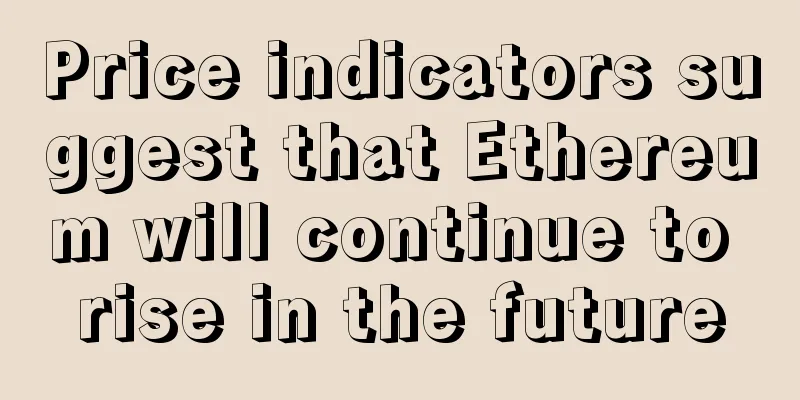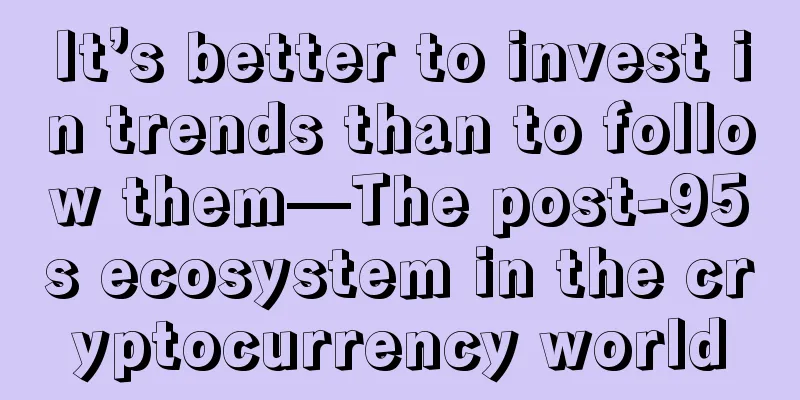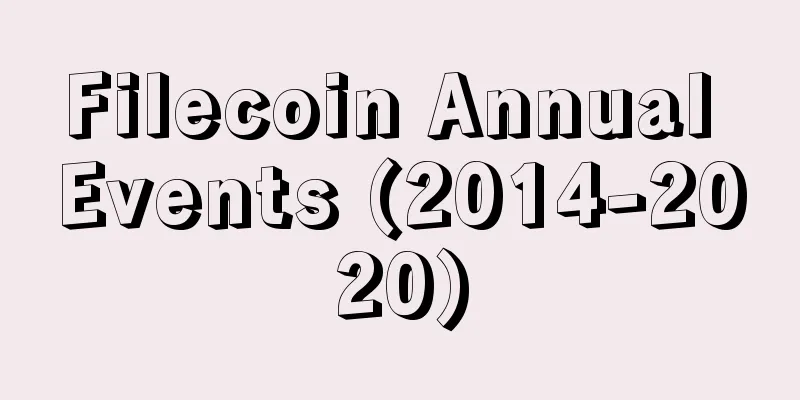Price indicators suggest that Ethereum will continue to rise in the future

|
On February 20, the price of Ethereum rallied to a new high of $2,015, with one of the main drivers of the current bullish sentiment being the launch of CME Ethereum futures. Amazon Web Services (AWS) announced yesterday that Ethereum is fully available on its managed service Amazon Managed Blockchain, which further boosted Ethereum prices. Currently, the Crypto Fear & Greed Index is at 93, which indicates "extreme greed" according to its calculation methodology. Many traders use the indicator as a contrarian trading signal, meaning that extreme fear levels can indicate that investors are bullish and there are buying opportunities. Conversely, when investors become too greedy, it can indicate that the market is about to pull back. Between February 19 and February 23, $2 billion of long futures contracts were liquidated, representing 28% of total open interest. As depicted by the previous Fear & Greed indicator, one should expect a significant deterioration in sentiment. By measuring the difference in fees between futures and the regular spot market, traders can gauge the level of bullishness in the market. Three-month futures should generally trade at a premium of 10% or more compared to regular spot trading. Whenever this indicator fades or turns negative, it is a red flag. This situation is called backwardation and indicates that the market is turning bearish. The chart above shows that the indicator peaked at 39% on February 20 as Ethereum hit a new all-time high. However, it has remained above 16% throughout the correction. This data shows that professional traders remain confident in Ethereum's price potential. When analyzing options, the 25% delta deviation is the most relevant metric. This metric compares similar call (buy) and put (sell) options side by side. When the put option premium is higher than the call option of similar risk, it turns negative. Negative values mean higher downside protection costs and indicate bullishness. The data is very encouraging as the futures and options indicators discussed above have remained bullish during the downturn. But a key market indicator shows some potential risks to Ethereum’s price action. According to data from Skew, the Grayscale Ethereum Trust’s premium turned negative last week, meaning the trust was trading below the spot price, marking the first time the trust has ever closed at a negative value. Image sources: Skew, laevitas.ch, Bybt.com, alternative.me, pixabay byAmy Liu This article comes from Bitpush.News. Reprinting must indicate the source. |
>>: Ripple is testing a private version of the XRP Ledger for issuing CBDCs
Recommend
BitSE was invited to Everbright Securities for technical exchanges and to discuss the application of blockchain technology in the securities industry
On the afternoon of April 8, at the invitation of...
Is a garlic nose a good nose for a husband? What kind of nose is good for a husband?
The nose is an important part of our facial featu...
Where is the best place for a mole to grow?
Don't underestimate a small black dot, someti...
People with upturned noses always miss good opportunities. Face analysis
There is a saying that goes, "Opportunities ...
US media: China bans Bitcoin mining farm owners, and those who flee abroad will not be welcomed by US local governments
Since May this year, the Chinese government has c...
What does Guanlu Palace mean?
What does the Palace of Official Career mean? Amo...
What does a full forehead mean for a woman?
In ancient times, the forehead was only called &q...
The shape of the career line The color of the career line
The career line is an extremely important line in...
Bitcoin transaction fees, how can we quickly confirm the arrival of Bitcoin?
The price of Bitcoin has been rising steadily rec...
People who are easy to bully will not say anything even if they are bullied.
In this cruel society, some people are often bull...
What is a lucky chin? How to see a lucky chin
As for a lucky appearance, do you know how to tel...
What facial features are most unlucky for a woman? Are you a woman who will unlucky your husband?
It doesn't mean that a beautiful woman will d...
Revealing the secret of how to judge the current situation by looking at the complexion
How do you know that someone is gradually becomin...
What kind of women have bad marriages?
A woman’s marriage determines whether she will be...
What does a mole on the right earlobe mean? Mole physiognomy analysis
Many people know about moles. Everyone has moles ...









